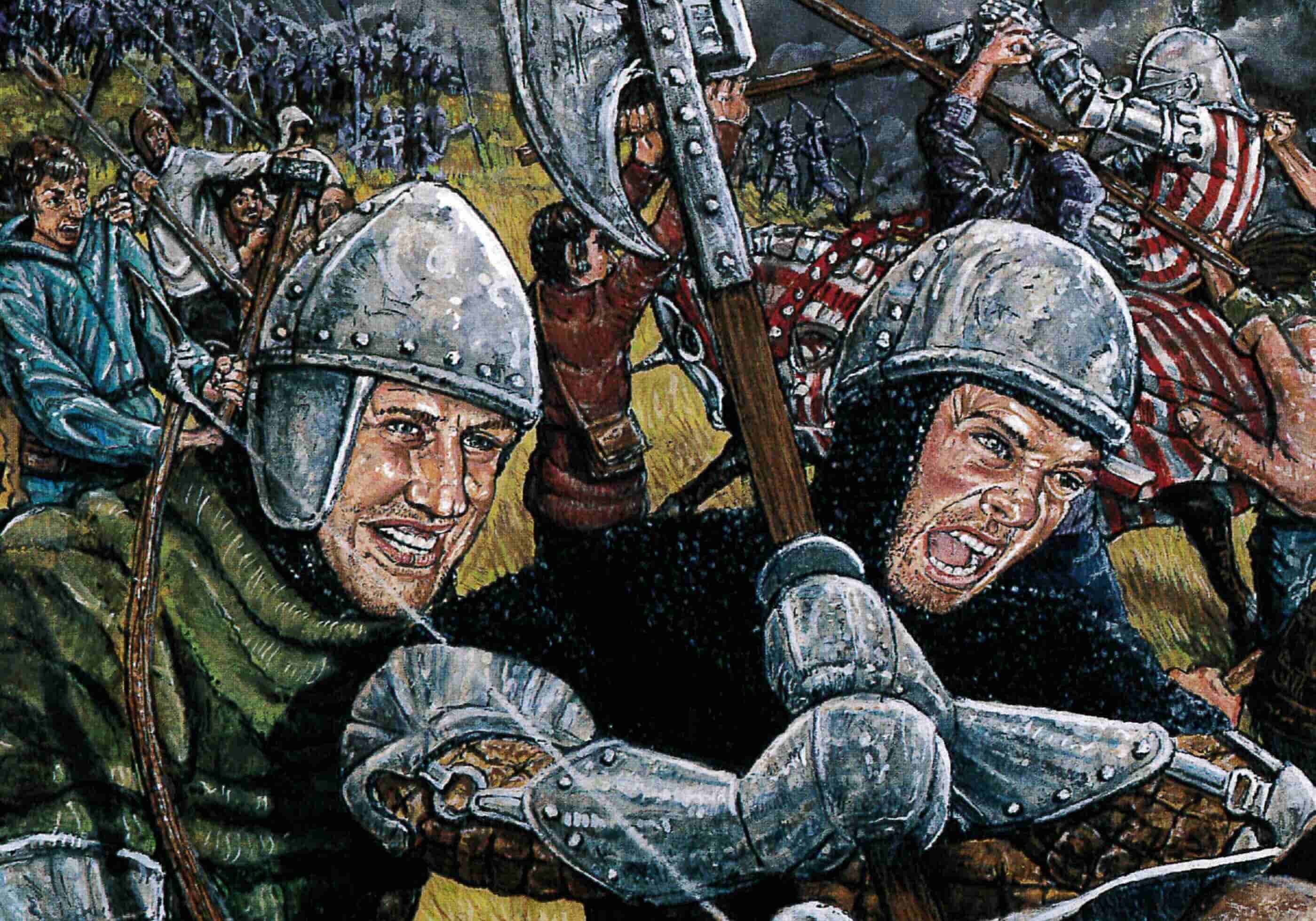
The Second Cornish Uprising of 1497 was a significant event in English history, marked by rebellion and resistance. This revolt followed the earlier Cornish Rebellion of the same year, driven by grievances over taxes imposed by King Henry VII. The Cornish people, already burdened by economic hardship, were pushed to their limits. Led by Perkin Warbeck, a pretender to the throne, the uprising aimed to challenge the king's authority. Despite initial successes, the rebellion ultimately failed, leading to severe consequences for the participants. This event highlights the tension between the monarchy and regional communities, showcasing the lengths to which people will go when pushed to their breaking point.
Key Takeaways:
- The Second Cornish Uprising of 1497 was a rebellion by the Cornish people against heavy taxes and economic hardship, leaving a lasting cultural legacy of resistance and pride in Cornwall.
- The uprising, led by key figures like James Tuchet and Michael An Gof, had a significant impact on Cornwall, reinforcing royal authority and shaping future tax policies and governance.
The Second Cornish Uprising: A Brief Overview
The Second Cornish Uprising of 1497 was a significant event in English history. This rebellion was driven by the Cornish people's frustration over heavy taxation imposed by King Henry VII. Let's dive into some fascinating facts about this historical event.
Causes of the Uprising
Understanding why the Cornish people revolted helps us grasp the gravity of the situation.
- Taxation for War: The primary cause of the uprising was the heavy taxes levied to fund a war against Scotland.
- Economic Hardship: Cornwall, being a relatively poor region, struggled under the weight of these taxes.
- Previous Grievances: The Cornish had already experienced discontent from earlier taxes, making them more likely to rebel again.
- Leadership: The rebellion was led by James Tuchet, 7th Baron Audley, who sympathized with the Cornish cause.
- Local Support: Many local leaders and commoners supported the uprising, feeling the taxes were unjust.
Key Events During the Uprising
Several pivotal moments defined the course of the rebellion.
- Gathering at Bodmin: The rebels first gathered in Bodmin, a town in Cornwall, to organize their protest.
- March to London: The rebels marched towards London, gaining support along the way.
- Battle of Deptford Bridge: The decisive battle took place at Deptford Bridge, where the rebels faced the king's forces.
- Capture of Leaders: After their defeat, key leaders like James Tuchet were captured.
- Execution: The captured leaders were executed, serving as a warning to others.
Impact on Cornwall
The aftermath of the uprising had lasting effects on Cornwall and its people.
- Increased Repression: The rebellion's failure led to increased repression in Cornwall.
- Economic Strain: The economic strain continued, with many families suffering from the loss of their leaders.
- Cultural Impact: The uprising became a symbol of Cornish resistance and pride.
- Legacy of Defiance: The spirit of defiance persisted in Cornwall, influencing future generations.
- Historical Memory: The events of 1497 are still remembered and commemorated in Cornwall today.
The Role of Key Figures
Several individuals played crucial roles in the uprising, shaping its course and outcome.
- James Tuchet: As the leader, Tuchet's involvement was pivotal in rallying the rebels.
- Michael An Gof: A blacksmith from St. Keverne, An Gof was another key leader who inspired many.
- Thomas Flamank: A lawyer from Bodmin, Flamank helped organize the rebellion and articulate its grievances.
- King Henry VII: The king's response to the uprising was decisive and brutal.
- Lord Daubeney: Commanded the royal forces that ultimately defeated the rebels.
The Aftermath and Historical Significance
The consequences of the uprising were felt long after the last battle was fought.
- Royal Authority: The rebellion reinforced the authority of King Henry VII.
- Military Lessons: The uprising taught the monarchy valuable lessons about military preparedness.
- Political Ramifications: The rebellion influenced future tax policies and governance.
- Social Impact: The social fabric of Cornwall was altered, with many families affected by the loss of their members.
- Historical Documentation: The events were well-documented, providing valuable insights for historians.
Cultural and Historical Legacy
The Second Cornish Uprising left an indelible mark on Cornwall's cultural and historical landscape.
- Folklore and Songs: The rebellion inspired numerous songs and stories in Cornish folklore.
- Commemorations: Annual events and commemorations keep the memory of the uprising alive.
- Educational Impact: Schools in Cornwall teach about the uprising as part of local history.
- Tourism: Sites related to the uprising attract tourists interested in history.
- Symbol of Resistance: The uprising remains a powerful symbol of resistance against oppression.
The Lasting Impact of the Second Cornish Uprising
The Second Cornish Uprising of 1497 left a significant mark on English history. This rebellion highlighted the discontent among the Cornish people due to heavy taxation and economic hardship. The uprising, though ultimately unsuccessful, showcased the determination of the Cornish to stand against what they saw as unjust governance. It also served as a reminder to the monarchy of the potential consequences of ignoring regional grievances. The aftermath saw stricter control over Cornwall but also led to some concessions to ease tensions. Understanding this event gives us insight into the complexities of medieval England and the enduring spirit of the Cornish people. The uprising remains a poignant chapter in the struggle for fair treatment and justice, echoing through the centuries as a testament to the power of collective action.
Frequently Asked Questions
Was this page helpful?
Our commitment to delivering trustworthy and engaging content is at the heart of what we do. Each fact on our site is contributed by real users like you, bringing a wealth of diverse insights and information. To ensure the highest standards of accuracy and reliability, our dedicated editors meticulously review each submission. This process guarantees that the facts we share are not only fascinating but also credible. Trust in our commitment to quality and authenticity as you explore and learn with us.
